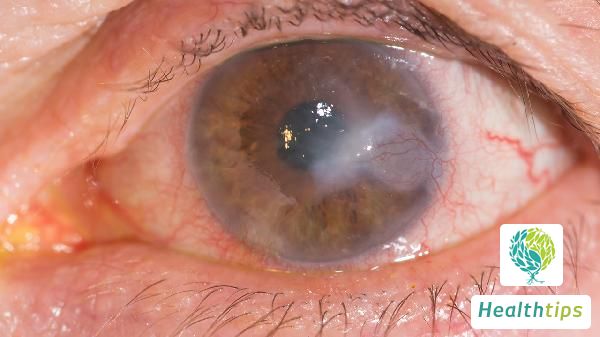What Should I Do About Hard Black Spurs in My Back Pores?
Many people find hard black spines in their back pores, which is clinically called keratosis pilaris. It is common in the posterior lateral upper arm, the lateral thigh, and the buttocks. The symptoms are severe in winter and not obvious in summer, without conscious symptoms. Keratosis pilaris is a chronic disease that often does not require treatment. Severe cases can be relieved by oral vitamin A and vitamin E.

1. What causes the hard black spines in the back pores?
The hard black spines in the back pores may be keratosis pilaris, which generally refers to follicular lichen planus or follicular keratosis, a chronic follicular keratinization disease. It is characterized by a small corneal plug or a keratotic papule as large as a needle and consistent with the pore in the follicle opening, accompanied by erythema around the follicle to varying degrees. About 50% of people have keratosis pilaris. Mild cases occur in childhood, with the highest incidence in adolescence, and gradually decrease with age. It is common in the posterior lateral upper arm, the lateral thigh, and the buttocks. Severe cases may also occur on the face, scapula, forearm, and lower leg, occasionally with generalized distribution. Individual rashes are pinhead-sized follicular papules, dark red, brown, or skin-colored. The top of the rash has a grayish brown or grayish white corneal plug, with a fine hair protruding or curled inside. After removing the corneal plug, there is a small depression at the top, and a new corneal plug grows out quickly. The rashes occur at each follicle opening, do not fuse with each other, are persistent and scattered, clustered in groups, and have a chicken-skin appearance. There is erythema around the follicle. Severe cases may have small pustules. The symptoms are severe in winter and mild in summer, without conscious symptoms.
2. How to deal with the hard black spines in the back pores?
This disease is chronic and has a good prognosis, generally requiring no treatment. Keratosis pilaris, also known as chicken skin, can be inherited or acquired. If it is inherited, it is difficult to treat. Nowadays, children's skin is relatively tender, so it is not recommended to use medication without authorization. It is best to use moisturizing oil as recommended by doctors. Medication can be considered when the child is older, such as drug treatment, oral vitamins, or eating foods rich in vitamin A (such as animal liver, carrots, etc.), which can help treat keratosis pilaris. General follicular keratosis is neither painful nor itchy and does not produce lesions, so many people do not pay too much attention to it even if they have this problem. It is common in any age group and gradually resolves with age, but the peak onset period is also the stage when people are most concerned about their appearance, so prevention and care of keratosis pilaris are particularly important. Cosmetic care: Symptoms can also be relieved through daily cosmetic care. Regularly go to a beauty salon to remove the sebum in the pimples and apply medication to soften the sebum, which will make the skin look smoother. Gentle exfoliation is also necessary, such as using a scrubbing shower gel or bath ball when showering. Adding rose and sandalwood essential oil to bath salt when soaking in a bath can moisturize the skin while exfoliating. Additionally, topical skin keratin softening or keratin dissolving agents, such as topical traditional Chinese medicine ointments, can also alleviate symptoms. The use of tretinoin should start with a low concentration to avoid irritation to the skin, and it should be used once a night. After a month, you may feel that your skin has become much smoother. For red spots or brown changes that have already appeared on the skin, it is recommended to consult a dermatologist for appropriate treatment.



















